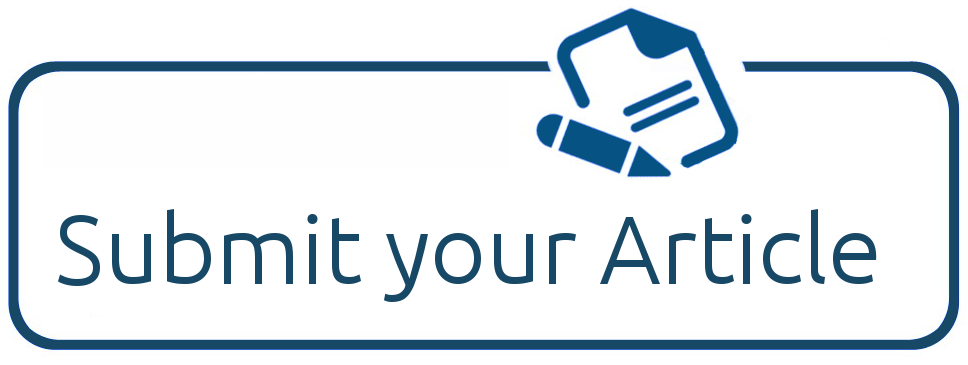Readiness of Regular Teachers for the Inclusion of Learners with Special Education Needs
DOI:
https://doi.org/10.55927/eajmr.v2i11.5149Keywords:
Inclusion, Special Education Needs, Regular Teachers, PhilippinesAbstract
This study aimed to determine the level of readiness of regular teachers for the inclusion of learners with special education needs. The researcher used total population sampling to determine the study respondents. This study used the descriptive-survey method. Regular teachers were asked about their readiness to include learners with special education needs through a questionnaire with age, gender, years of teaching, and attendance at seminars as moderator variables. There were 140 items in the questionnaire and 20 items per parameter. The statistical treatment used in the study were mean and SD. The study showed that regular teachers in the Loreto district were highly prepared for inclusive education. As a result of the study, AIM, which stands for Alliance in Inclusion Movement, was developed and proposed to assist regular teachers in improving their readiness level to include learners with special education needs. Pre-service and in-service training about inclusive education was highly recommended for regular teachers. A thorough program on monitoring and evaluation by the National and Division DepEd Officials must be conducted to examine the practice of inclusive education in the country, especially in areas with no SPED Center.
References
Ainscow, M. (1995). Education for all; making it happen. Keynote Address. Retrieved
from www. Eenet. Org.uk/resources/docs/making_it_happen.doc.
Ainscow, M. & Booth T. (2003). The index for inclusion: development learning &
participation in schools. Bristol:Center for Studies in Inclusive Education
Bursuck, W.D. & Friend, M. (1996). Including students with special needs. Boston: Allyn & Bacon
Coulter, D. (2006). Presidential address 2005: Peace-making is the answer: spiritual
Valorization and the future of our field. Mental Retardation, 44, 64–70.
Foundation for International Training (2002). Identifying disability issues related to
poverty reduction: The Philippine country study. Available at www.
apedproject.org/countryprofile/philippines Accessed: January 15, 2015
Friend, M. & Bursuck, W. D. (2006). Including students with special needs: a practical
guide for classroom teachers. (4th ed.)United States:Allyn & Bacon
Jenkins, K. & Ryan, T. (2002). Inclusion in elementary and secondary schools
Jones, V. & Jones, L.(2001). Comprehensive classroom management: Creating
communities of support and solving problems (6th ed.) Boston: Allyn & Bacon
Kavale, K. A., Forness, S. R., (2000). History, rhetoric, and reality: Analysis of the
inclusion debate. Remedial and Special Education, 21, 279-296.
Laarhoven, T., Munk, D., Lynch, K., Bosma, J., & Rouse, J. (2007). A model for preparing special and general education preservice teachers for inclusive education. Journal of Teacher Education, 58, 440-455
Narquita, C.A., (2008). Readiness of regular teachers for the inclusion of learners with
special education needs. (Master’s thesis) University of Southeastern Philippines,
Davao City
Peters, S. (2003) Inclusive Education: Achieving education for all by including those with disabilities and special education needs. (Geneva World Bank)
Downloads
Published
How to Cite
Issue
Section
License
Copyright (c) 2023 Oliver C. Logroño, Jeanette T. Gongora

This work is licensed under a Creative Commons Attribution 4.0 International License.




























